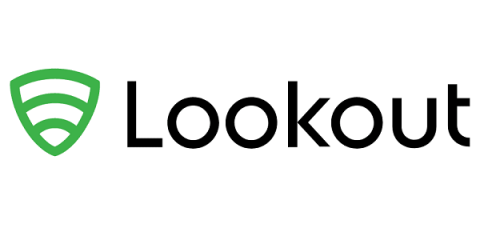Critical Capabilities for SSE: Securing Cloud Usage When Shadow IT is the Norm
With the release of the 2022 Gartner® Magic Quadrant™ for Security Service Edge (SSE) there is an abundance of information on the newest framework created to address security requirements in a cloud-first world. SSE was introduced in 2021 to refine Secure Access Service Edge (SASE) by focusing on the convergence of security capabilities within the framework. Check out my blog breaking down SSE and SASE for a more in depth explanation.






